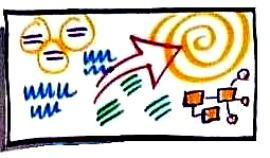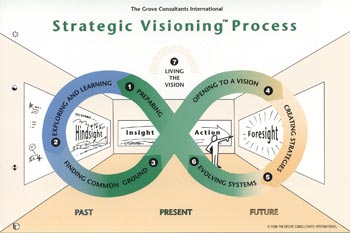Do you have a Vision?
A Vision is something you can see, but isn’t there.
A Vision is something you can feel, but can’t be touched.
A Vision is what drives people without anything being said.
A Vision is a place we’ve never been, but want to go.
A Vision is something you can achieve, even though it’s bigger than you.
A Vision is in your grasp, even when its just out of reach.
What is your Vision?
#business #success #incubator #coaching #consultants
#strategicplanning


 Many people start their own business for a variety of reasons: extra income, want to be their own boss, freedom of when and when not to work, stay at home parent, and a whole host of other reasons. However, many of these businesses fail over time, often because the owner didn’t document, follow, and constantly update a strategic business plan. The often overlooked and seldom thought about aspects of any strategic and business plan, is deep down, why you’re doing what you’re doing and where you want it to go — the mission and vision. Sure, many companies have an idea and even some of them they write it down. But, how good are these statements for your company?
Many people start their own business for a variety of reasons: extra income, want to be their own boss, freedom of when and when not to work, stay at home parent, and a whole host of other reasons. However, many of these businesses fail over time, often because the owner didn’t document, follow, and constantly update a strategic business plan. The often overlooked and seldom thought about aspects of any strategic and business plan, is deep down, why you’re doing what you’re doing and where you want it to go — the mission and vision. Sure, many companies have an idea and even some of them they write it down. But, how good are these statements for your company?


 Leadership is a dying art in the world today. The great leaders of the past are found few-and-far between these days. There are some that have been fairly successful that have rose to an iconic status, but have they been truly great leaders or just really successful at running something?
Leadership is a dying art in the world today. The great leaders of the past are found few-and-far between these days. There are some that have been fairly successful that have rose to an iconic status, but have they been truly great leaders or just really successful at running something?
